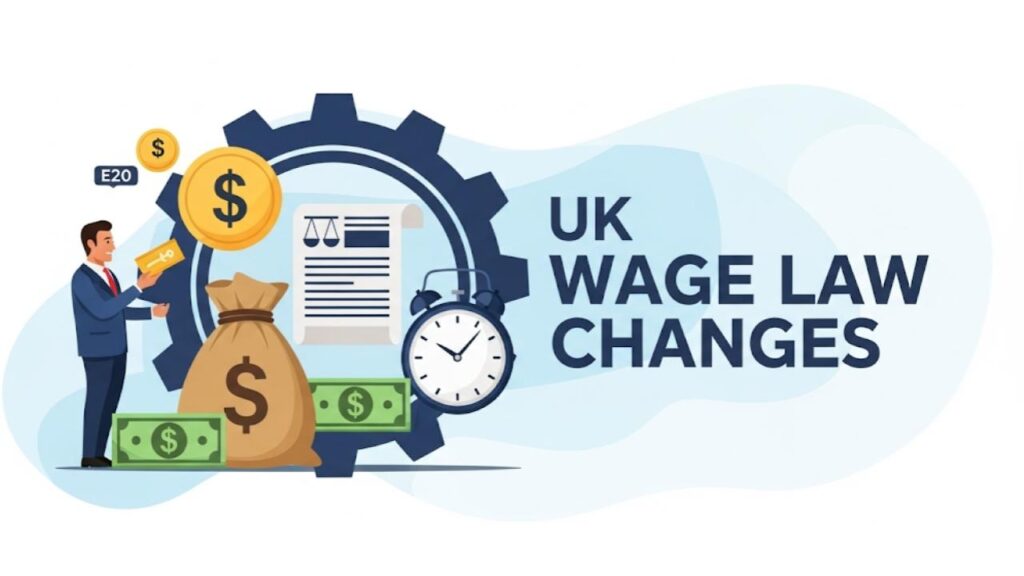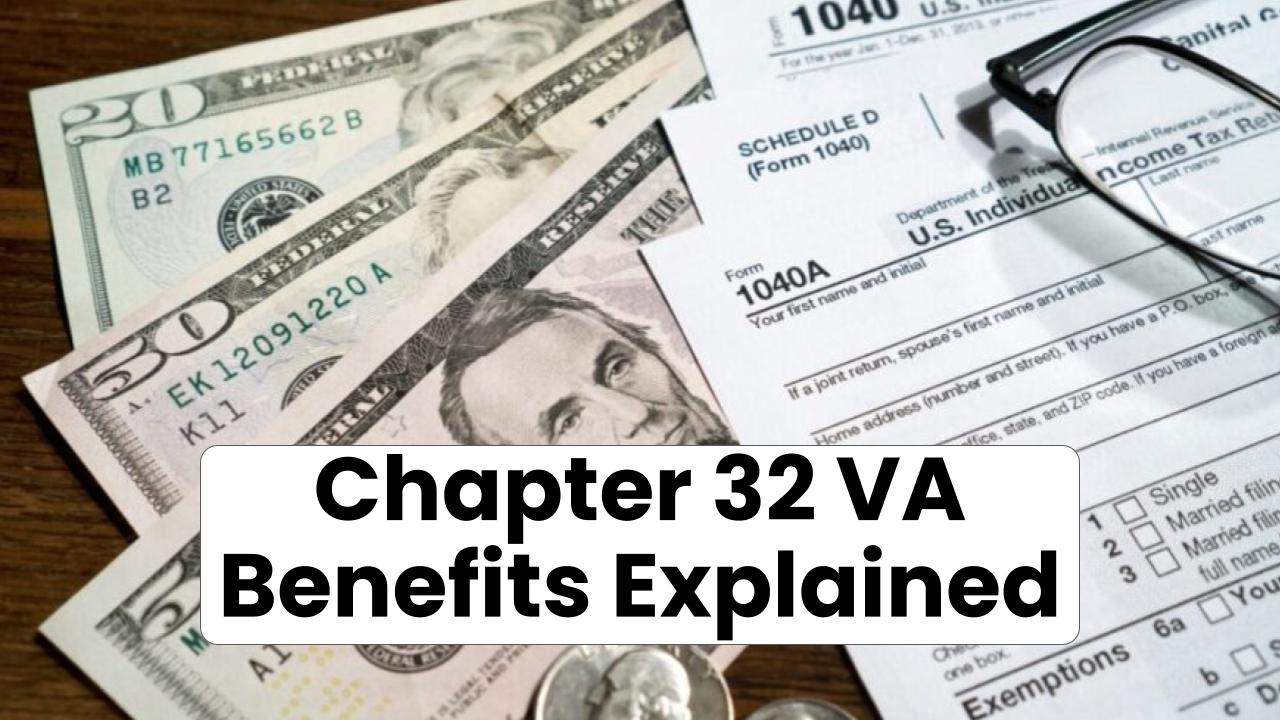In April 2025, the UK will see significant changes in its wage laws. These adjustments are not just numbers on a paycheck—they’re about supporting workers, helping employers manage rising costs, and ensuring everyone can earn a living that matches today’s economic reality.

UK Wage Law Changes in 2025
| Key Changes | 2025 National Minimum Wage | National Living Wage (21+) | Other Changes |
|---|---|---|---|
| Increase for workers aged 21+ | £12.21 per hour | +6.7% increase | Higher living standards aimed for low-income workers |
| For 18-20 year olds | £10.00 per hour | +16.3% increase | More affordable pay to help young workers |
| For Apprentices and under 18s | £7.55 per hour | +18.0% increase | Encouraging young talent and students to earn |
| Employer National Insurance Contribution | – | – | Rising NICs and Employment Allowance increase to offset |
| Impact on jobs and hiring | – | – | Potential changes in hiring practices |
The 2025 UK wage law changes are set to impact both employers and employees, bringing higher pay to workers but also raising costs for employers, especially those with tight margins. For employers, it’s crucial to stay ahead of these changes by adjusting payroll systems, reviewing contracts, and exploring ways to adapt to higher labor costs. Employees, on the other hand, will see higher paychecks but should be mindful of how changes might affect their tax liabilities and benefits.
Introduction to the Changes: A Quick Look
The UK Wage Law Changes in 2025 are part of the government’s ongoing effort to boost the earnings of workers, particularly those on low wages. This is great news for employees, as it means higher paychecks, but it also comes with increased responsibilities for employers to adjust their payroll systems and business models.
As the cost of living continues to rise, wages have not kept up for many workers. These new changes aim to provide some relief. The new rates will take effect on April 1, 2025, and it’s essential for everyone involved—whether you’re managing a company or you’re clocking in for your first shift—to know what’s coming. So, let’s dive deeper into the details of these changes, how they’ll affect you, and what you can do to stay ahead of the game.
What’s Changing: A Detailed Breakdown
National Living Wage and National Minimum Wage: What’s New?
The most significant change is the National Living Wage (NLW), which will increase for workers aged 21 and over to £12.21 per hour. This is a 6.7% increase compared to the current rate, aimed at closing the gap between the minimum wage and the cost of living. In addition, the wage rates for workers under 21, apprentices, and younger workers are also increasing significantly:
- 18 to 20-year-olds will earn £10.00 per hour—a hefty 16.3% rise.
- Under 18s and apprentices will see an increase of 18.0%, with wages moving to £7.55 per hour.
These changes are expected to boost the standard of living for low-income workers, with the intention of reducing poverty and improving life outcomes for young people entering the workforce.
Example: Imagine a young worker, 19 years old, working 40 hours a week at £10 per hour. With the new rate, they’ll earn an extra £6,720 annually.
Impact on Employers: Higher Costs, New Obligations
For businesses, the changes don’t just mean adjusting the paycheck figures. Employers will also face increased National Insurance Contributions (NICs) due to changes in the thresholds for contributions. Employer NICs have jumped from 13.8% to 15%, and the threshold for NICs has fallen from £9,100 to £5,000. This can translate into higher costs for employers, especially in labor-intensive sectors.
However, the UK government has raised the Employment Allowance to £10,500. This is a welcome measure for businesses that need some relief, as it can partially offset the higher NICs burden.
Example: A small business that has ten employees on minimum wage could see an additional £5,000+ in costs annually, based on their wage schedules and the increased NICs.
Potential Consequences: Impact on Hiring and Job Structure
For many employers, these changes will encourage them to adjust their hiring practices. The increase in wages and NICs might make them think twice before hiring more employees. Industries that already have tight margins, like hospitality and retail, could feel the pinch, resulting in:
- Fewer new hires, as businesses cut back on expanding their workforce.
- A shift toward self-employed contractors or zero-hour contracts, where employers don’t have to commit to full-time wages or benefits.
- Price hikes in consumer-facing industries, which could lead to higher prices in retail, hospitality, and service-based industries.
Example: A small café might choose to hire fewer staff or rely more on flexible working hours rather than offering permanent full-time contracts.
What Does This Mean for Employees?
More Money in Your Pocket
For employees, the increase in wages is a win. For example, if you’re an employee over 21 working 40 hours a week at the new £12.21 per hour, you could earn an extra £1,400 annually. This will make a noticeable difference for workers trying to keep up with rising costs, particularly in major cities like London.
Example: An employee earning the new National Living Wage (aged 21+) working 40 hours per week will earn around £25,400 per year, up from £24,000 under the previous pay scale.
However, be mindful that while you’ll see an increase in your take-home pay, you may also face higher costs in other areas as businesses increase their prices to cover higher labor costs.
What About Taxes and Benefits?
The new wage increases could impact your tax status and eligibility for certain benefits. If your earnings push you above certain thresholds, it could affect your tax bracket or make you ineligible for certain means-tested benefits.
Example: A worker who previously qualified for Universal Credit because their wages were lower may find themselves no longer eligible after the pay increase. On the other hand, this might help individuals avoid falling into poverty due to high living costs.
A Step-by-Step Guide to Navigating the Changes
- For Employers: Review your payroll system to ensure you’re meeting the new wage rates. Adjust contracts and communicate with your employees about the changes.
- For Employees: Check your pay rate to ensure you’re receiving the correct amount. Look into how the wage changes might affect your taxes and benefits.
- For Both: Stay informed. Bookmark official resources like the gov.uk Minimum Wage Page to stay updated on future changes.
FAQs
What’s the National Living Wage in 2025?
The National Living Wage for workers aged 21 and over will be £12.21 per hour starting in April 2025.
How Much Will Employers Have to Pay in National Insurance Contributions?
Employers will pay 15% in National Insurance Contributions starting in April 2025, up from the previous 13.8%. The threshold has also decreased, so more companies will be required to contribute.
Can Businesses Avoid the Wage Increases?
No, the new wage rates are mandatory. However, the Employment Allowance of £10,500 helps reduce some of the burden.








